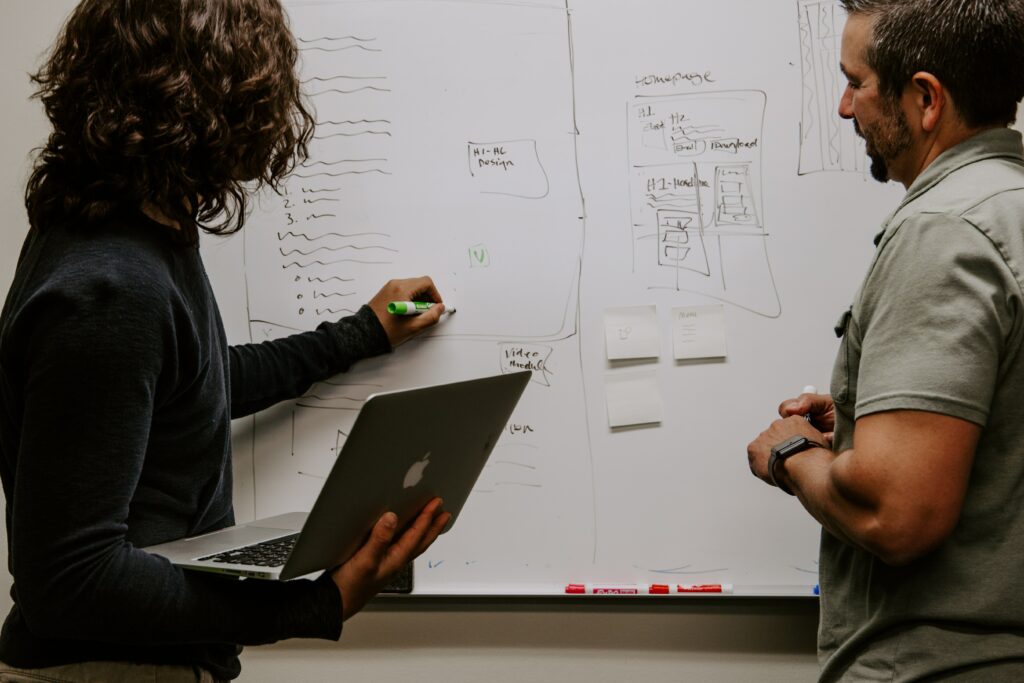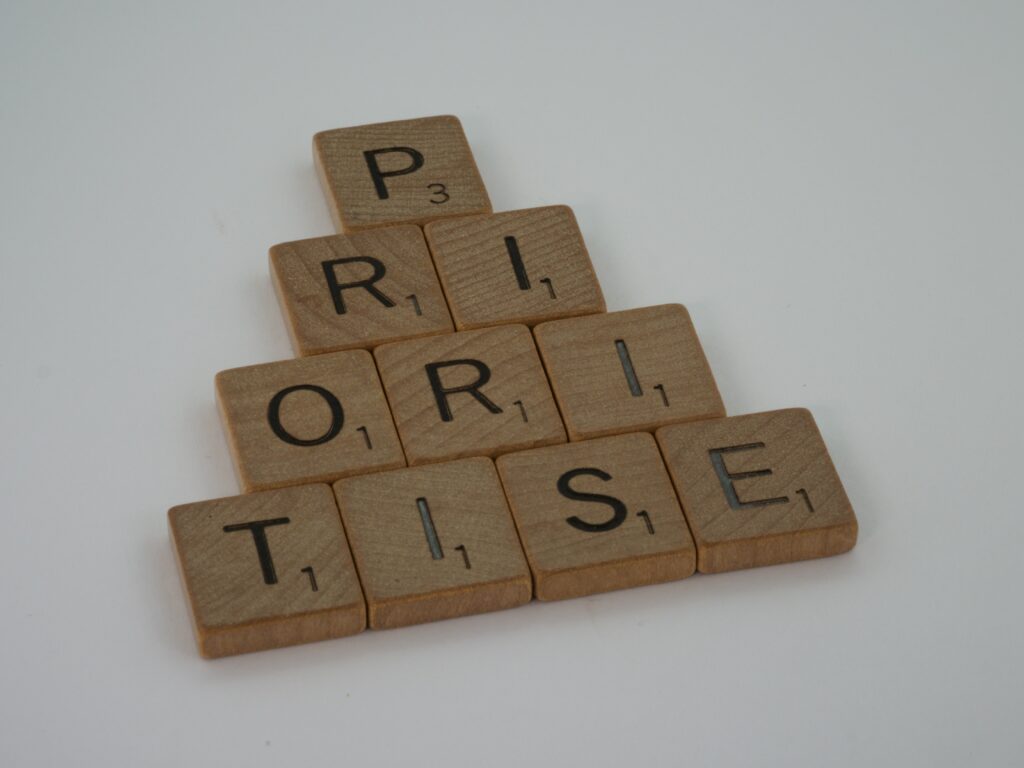Ever lied about going to the doctor to try to actually escape from work? If so, you’re not alone. It’s often much easier to fib about being sick than truly take time off work.
And sometimes, even when workers take their vacation days, they still lie about the details of where they’re going.
A 2022 Washington Post article examined the phenomenon of workers taking, or claiming to take, “vacations where it’s impossible, difficult, or extremely expensive for work to contact them, such as cruise ships and international excursions.” On the surface it seems ridiculous that someone might have to lie about camping off the grid to be free of work. Yet, it’s a real issue in North America. If you have ever felt this kind of pressure, we have good news: this article will share strategies to help you really take stress-free time off work.
The quiet quitting phenomenon is a good indicator of the importance of taking time off. Researchers, of course, have also weighed in. They’ve found leaving work behind for a bit has positive impacts on your mental and physical health, your relationships, your motivation at work, your reaction time, and even how you view the difficulty of your job.
Yet you may not need convincing that taking time off work is a good thing. Rather, your problem is finding a way to take time off and actually be able to enjoy it. You mean to escape from the grind, but the grind wants to continue texting, calling, and sending you “oh-so-urgent” emails. Try these strategies to help establish the boundaries you need to really recharge on your time off.
Put a backup in place
Communicate with your colleagues and find ways to cover your workload. There are people, especially leaders, who are reluctant to take time off from work because they worry no one can do their job with the same results.
However, this is not a feasible way of approaching work, whether you want to take a break or not. If you, your colleagues, and your clients all believe only you can do your work, what happens if you fall seriously ill or have any other emergency? You should prepare a backup plan, thinking of it as a “break glass in case of emergency”-type solution. Setting up FAQs and checklists can also help.
Then, once others are cross-trained, and you’ve identified people who know what you do and how to do it, you’ll be able to leave when you want to take vacations as well.
You may be reluctant to engage others, but your colleagues might appreciate learning the new skills.
Establish your priorities
Even with a contingency plan in place, you can’t expect everything to go on hold while you celebrate a holiday with family and friends. Instead, you’ll need to plan your priorities. Giving thought in advance to what needs to be done before your time off and what can be done after can help ease the stress. You’ll also want to anticipate what will need to be done during your vacation.
Fight the tendency to think everything is critical and can’t wait. With that attitude, you’ll never leave! Prioritize what you have to do beforehand versus what others can handle while you are gone. Also, plan what can be done when you get back. All of this will help you feel like you have a handle on things, even while you’re out.
Watch out for work inertia
You are ready to walk out the door. You have your out-of-office auto-response email on. Slack shows you as being “away.” And your voicemail greeting says “hasta la vista” (but much more professionally). Then, you get a ping with just “one question” before you go. Or someone pokes their head over your cubicle wall to ask for a “quick favor.”
You think, “what’s the harm?” But, your phone rings while you’re answering that one question. You send out one more email and it prompts further responses. You get pulled back in. Suddenly an hour has passed and you’re late for that planned dinner with friends to kick off your break. Don’t let this happen to you!
Set boundaries & stick to them
Before even setting up that OOO email, give your contacts advance notice. You could add a line to your email signature letting people know the dates you will be absent.
You’ll also want to let your colleagues and clients know about your upcoming absence. This should be something you discuss in relation to any upcoming deadlines. You can also begin copying relevant emails to the people who will be your backup while you’re gone. This can help prepare them and gives any external people you’re dealing with a clear idea of who to go to while you’re taking time off.
You might also set up your OOO email to send days earlier than you are actually off. This can help free you up to focus on any urgent matters before you leave.
Now, if someone actually ignores your OOO and continues to contact you in your absence, don’t respond. If their need really must be addressed while you are away, delegate! You have to step back and stay out of it for your boundaries to stick.
If this sounds challenging for you, try baby steps. Dr. Charlotte Fritz, a professor at Portland State University in Oregon who researches the interplay between experiences at and outside of work, told EverydayHealth that a personal rule ensuring you won’t check email after a certain time (or on weekends) could be very helpful.
Try mindfulness
Learning to be fully engaged in the moment is the core of mindfulness. This can help you disconnect briefly in a busy work week, but also be useful when you are trying to disconnect for a full vacation or holiday. To have a more relaxed vacation, you might try:
- Embracing unstructured time
- Taking time for meditation or reflection
- Lingering on the positive moments
Embrace experiences
It can be easier to really take time away from work if you plan your experiences. You may feel so burned out that all you want to do is veg out on a sofa (or better yet, a beach chair). Yet choosing unfamiliar locations and planning new experience can help you to truly break out of the routine. The novelty will also help rejuvenate you and give you great stories to tell when you’re back at work. Getting out and about is also going to help you maximize holiday happiness, as you will boost your endorphins.
Wrapping up this series, we’ll talk in our next article about how employers can make their businesses vacation-friendly places. In the meantime, you can discover how your employees feel about vacation and their workloads with our easy-to-use survey tool. Get started today with a free trial!




